Introduction: Why Open Source AI Tools Are Essential for the Future
Artificial Intelligence (AI) has firmly cemented its role as a transformative technology in multiple industries. However, the high costs and proprietary nature of many AI tools have made it challenging for smaller businesses, startups, and individual developers to fully leverage AI capabilities. Open-source AI tools have leveled the playing field, providing unparalleled opportunities for innovation without the financial burden.
In this article, we will explore the top open-source AI tools, their capabilities, and how they can empower developers, researchers, and businesses to build AI solutions that are both cost-effective and cutting-edge.
What Are Open Source AI Tools?
Open-source AI tools are software libraries, frameworks, and platforms that allow developers to create, train, and deploy AI models. Unlike proprietary solutions, these tools are freely available and can be modified, allowing users to tailor the software to their unique needs. By using open-source AI, developers benefit from:
- Zero Licensing Costs: You don’t pay for usage or access to the source code.
- Customizability: You have the flexibility to modify the tool to meet specific requirements.
- Community Support: Open-source tools typically have large, active communities that contribute to ongoing improvements.
- Innovation and Transparency: The open nature of the software fosters innovation and allows users to inspect and improve the code.
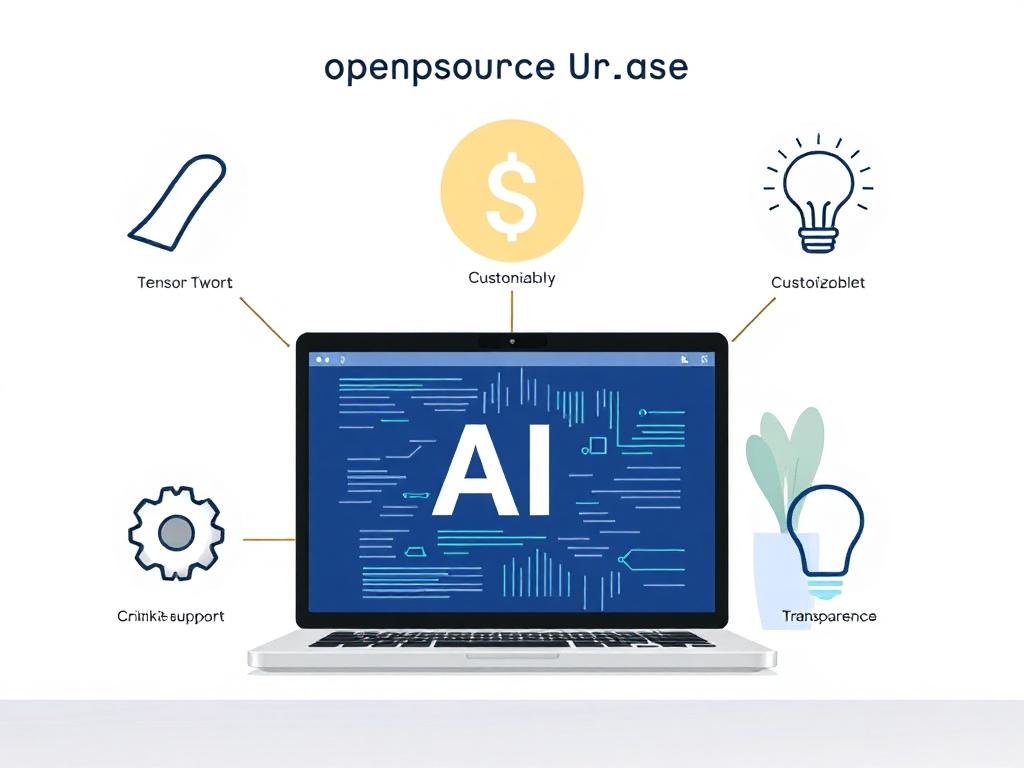
Top Open Source AI Tools
1. TensorFlow: Powering Advanced Machine Learning and Deep Learning
Best For: Machine Learning and Deep Learning Model Development
Developed by Google, TensorFlow is a leading open-source framework for machine learning (ML) and deep learning (DL). It is widely adopted for both research and production and supports a vast array of machine learning tasks, from training neural networks to deploying models at scale.
Key Features:
- Scalability: TensorFlow is designed to scale from small devices to large, distributed systems.
- TensorFlow Lite: A version optimized for mobile and embedded devices.
- Wide Programming Language Support: Compatible with Python, C++, JavaScript, and more.
Why Choose TensorFlow? TensorFlow’s powerful ecosystem allows you to build sophisticated models and deploy them across different environments, making it ideal for both research and enterprise use cases. It’s especially useful for tasks involving large datasets and production-level AI systems.
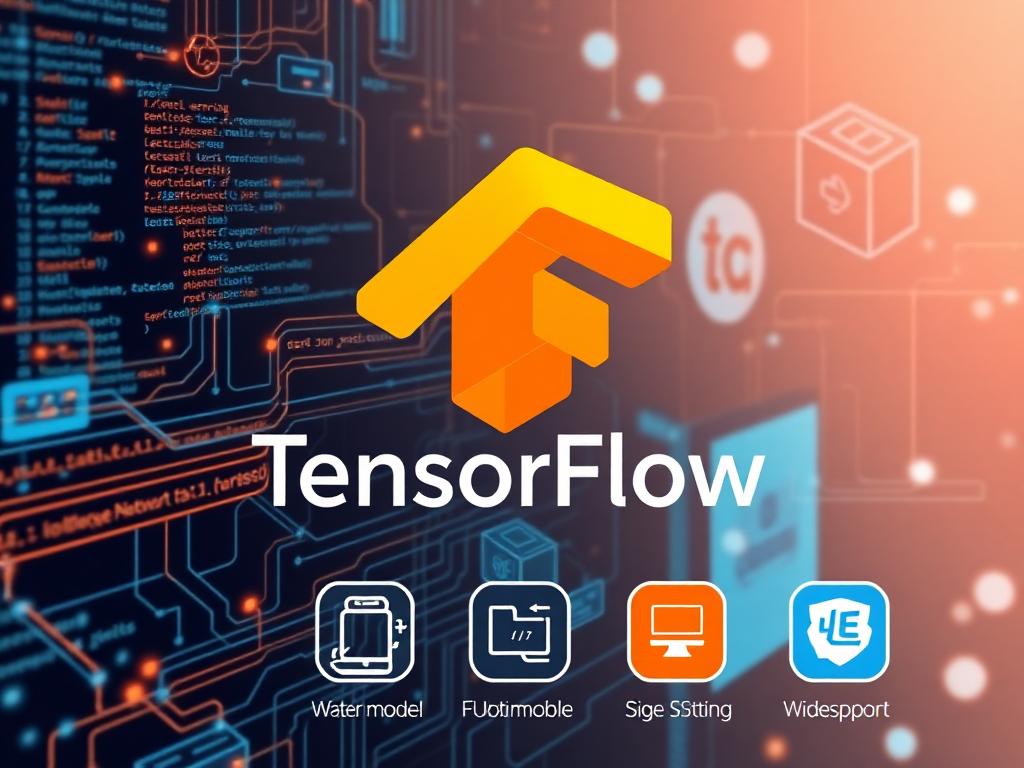
2. PyTorch: Flexibility for Research and Deep Learning
Best For: Dynamic Neural Networks and Deep Learning Research
PyTorch, developed by Facebook, has become a top choice for researchers due to its flexibility and dynamic computation graph. It allows users to easily modify models during runtime, which is essential for experimentation and innovation in deep learning.
Key Features:
- Dynamic Computational Graphs: Perfect for research and experimentation.
- Seamless Integration: Works well with Python libraries like NumPy and SciPy.
- GPU Acceleration: Supports CUDA for faster computation.
Why Choose PyTorch? PyTorch’s intuitive interface and flexibility make it an excellent choice for research-focused deep learning projects. It’s particularly favored for tasks in computer vision, natural language processing, and reinforcement learning.
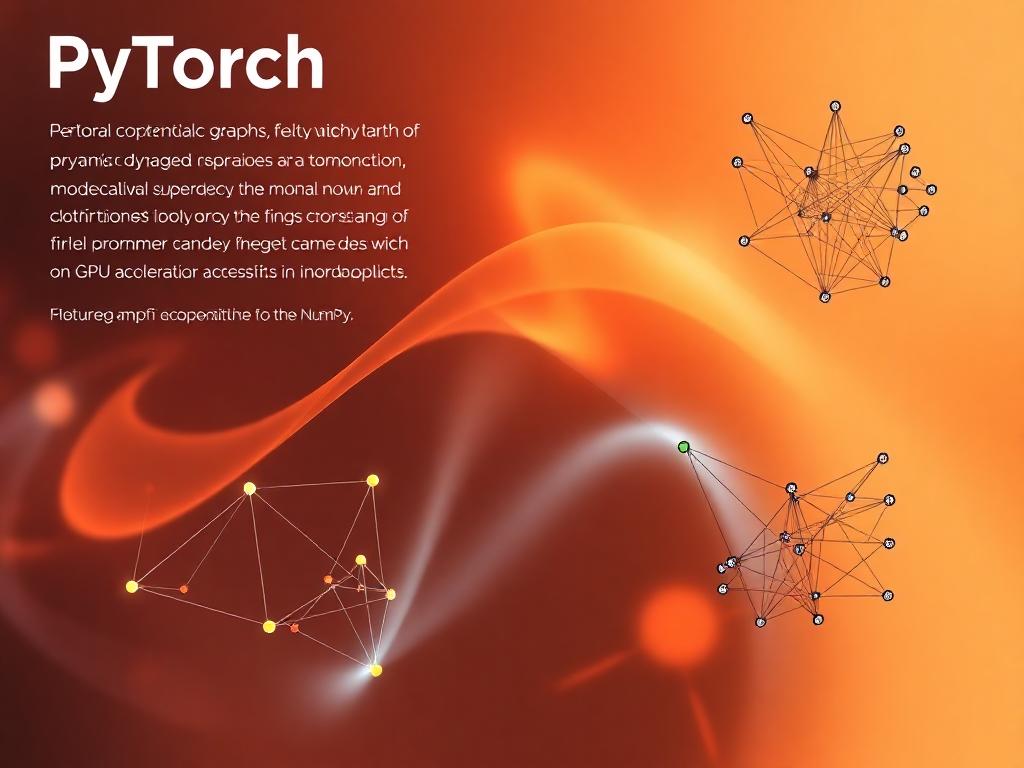
3. Scikit-learn: The Standard for Traditional Machine Learning
Best For: Classical Machine Learning Algorithms
Scikit-learn is a popular Python library that focuses on traditional machine learning algorithms like regression, classification, and clustering. Its simplicity and extensive documentation make it the perfect starting point for developers diving into machine learning.
Key Features:
- Wide Range of Algorithms: Includes support for decision trees, SVMs, k-nearest neighbors, and more.
- Data Preprocessing Tools: Utilities for feature selection, scaling, and dimensionality reduction.
- Integration with Other Python Libraries: Works well with NumPy, SciPy, and pandas.
Why Choose Scikit-learn? If you’re working with structured data and need a reliable, easy-to-use library for traditional machine learning tasks, Scikit-learn is an essential tool. It is best for smaller to medium-sized datasets and simpler ML models.
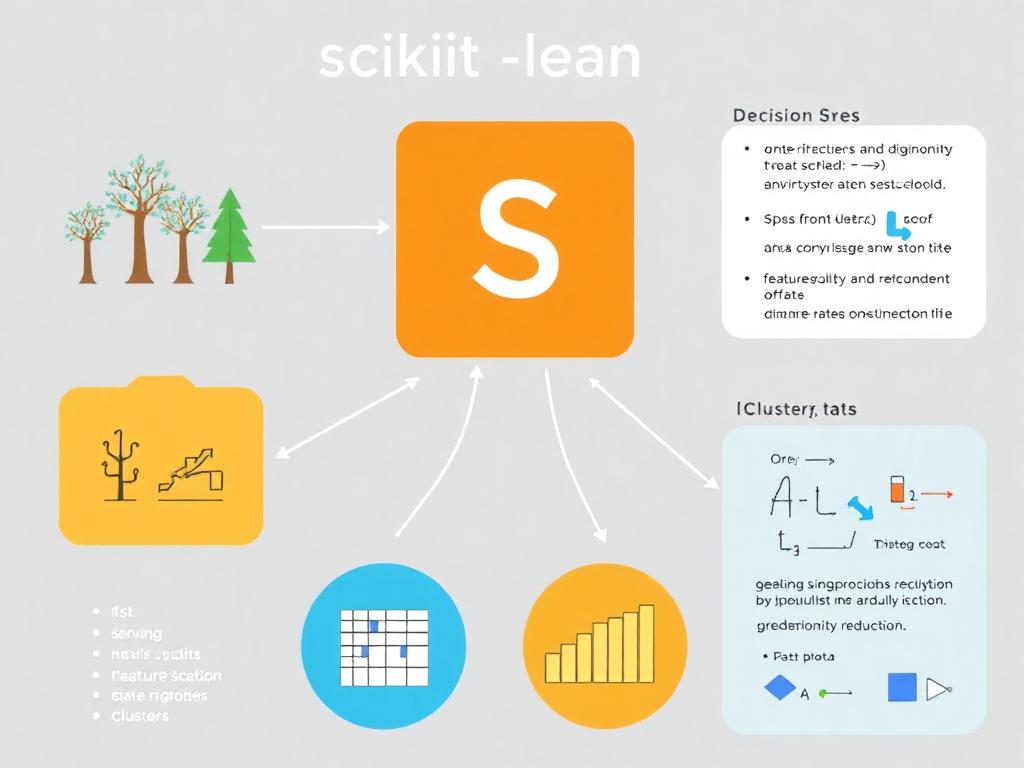
4. Hugging Face Transformers: The Powerhouse for Natural Language Processing (NLP)
Best For: Advanced NLP Models like BERT, GPT, and T5
Hugging Face has become synonymous with cutting-edge NLP. Their Transformers library offers access to state-of-the-art pre-trained models such as BERT, GPT, and T5, which can be fine-tuned for a variety of natural language tasks, from sentiment analysis to text summarization.
Key Features:
- Pre-trained Models: Ready-to-use models for language translation, question answering, text generation, and more.
- Easy Fine-Tuning: You can fine-tune models on your own datasets with minimal effort.
- Extensive Community: Hugging Face has a large community of contributors, continuously improving the models.
Why Choose Hugging Face? If your AI project involves text-based data, Hugging Face offers the most powerful and flexible solutions for NLP tasks. Their models have set new benchmarks for tasks such as text classification, translation, and generation.
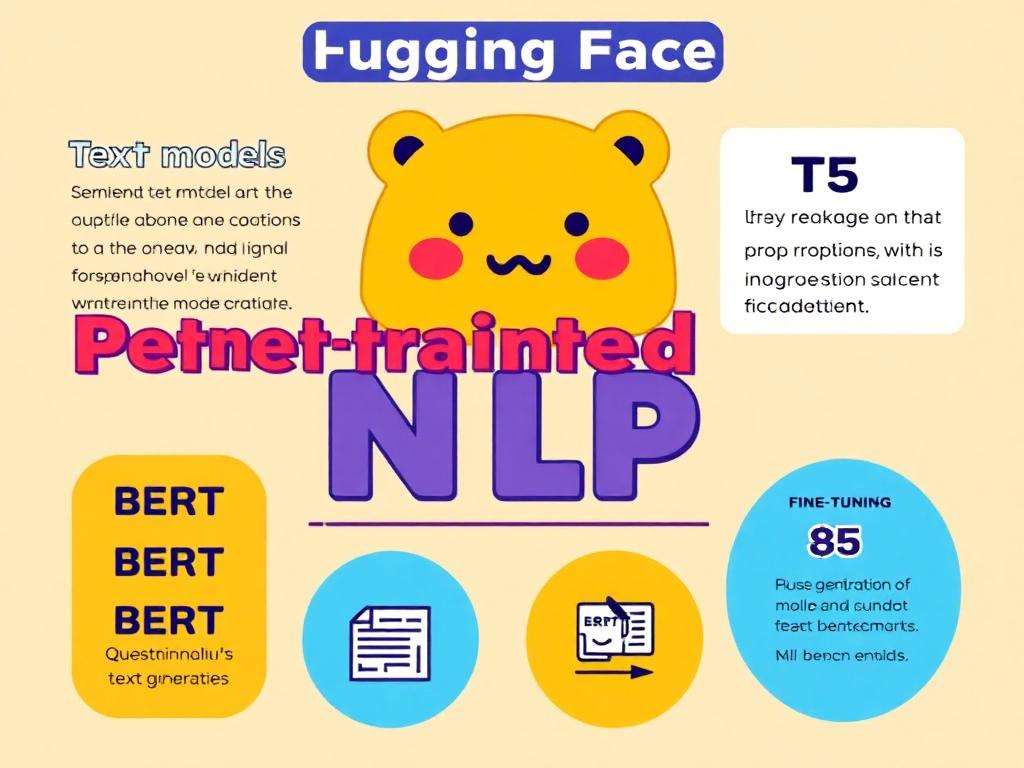
5. OpenCV: Revolutionizing Computer Vision
Best For: Image and Video Processing
OpenCV (Open Source Computer Vision Library) is an open-source toolset designed for image and video processing. It provides a vast range of functions for real-time computer vision applications, from object detection to facial recognition.
Key Features:
- Real-Time Computer Vision: Supports real-time image processing on both video and still images.
- Wide Algorithm Support: Includes features for edge detection, object recognition, and feature extraction.
- Cross-Platform: Works on Windows, Linux, macOS, and Android.
Why Choose OpenCV? OpenCV is ideal for computer vision projects involving image recognition, object tracking, and augmented reality. Its wide range of pre-built algorithms and real-time processing capabilities make it indispensable for image-related tasks.
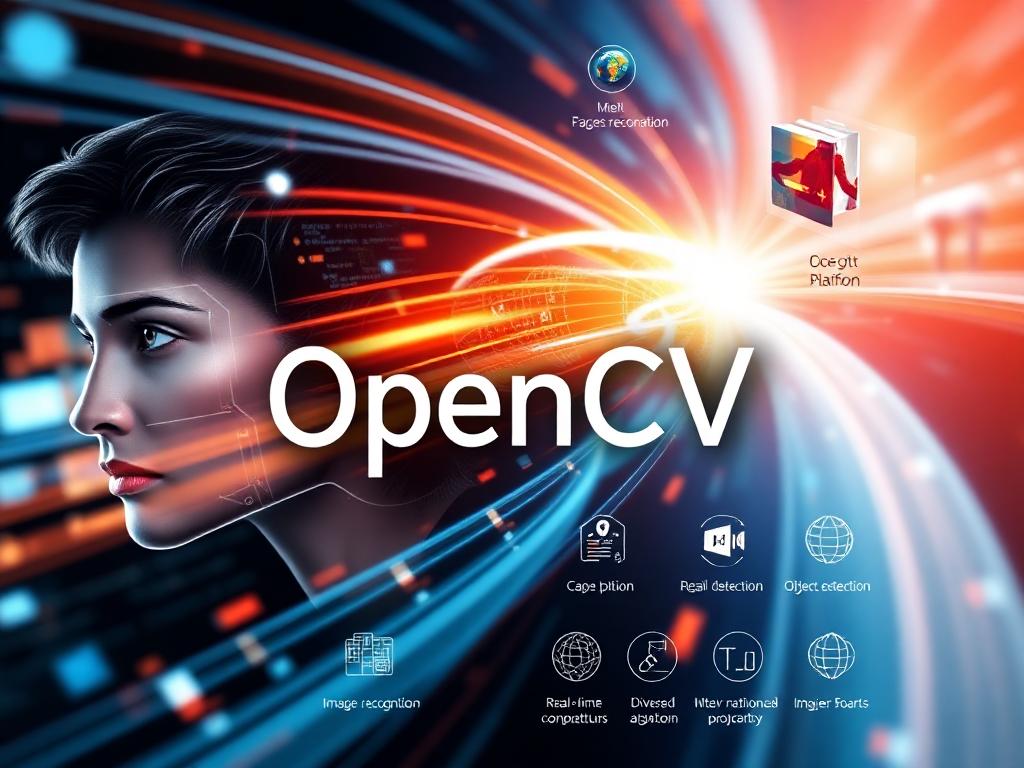
Why Open Source AI Tools Are the Future
Open-source AI tools are changing the landscape of artificial intelligence development. Unlike proprietary solutions, they promote a culture of collaboration, enabling innovation at scale. These tools provide the foundation for businesses to build scalable, customizable AI models, regardless of their size or budget.
In addition to being cost-effective, open-source tools are frequently updated by their respective communities, ensuring that users have access to the latest advancements in AI research. This open innovation is key to accelerating the adoption and application of AI across industries.
How to Choose the Right Open Source AI Tool for Your Project
Selecting the right open-source AI tool for your project is critical. Here’s a quick guide to help you make an informed decision:
- Project Requirements: Are you building a machine learning model, a deep learning network, or a computer vision application? Choose tools specialized in the tasks you need.
- Ease of Use: Look for a tool with a clean API and comprehensive documentation, especially if you’re new to AI development.
- Scalability: Choose tools that will scale with your project as it grows.
- Community and Support: Active communities provide invaluable resources, including tutorials, forums, and support for troubleshooting.
Conclusion: Embrace Open Source AI for a Smarter Future
The accessibility and versatility of open-source AI tools make them a game-changer for developers and businesses alike. Tools like TensorFlow, PyTorch, Scikit-learn, and Hugging Face Transformers are empowering individuals and organizations to create cutting-edge AI models without the prohibitive costs associated with proprietary software.
Whether you’re just starting with AI or are looking to expand your existing capabilities, integrating these open-source AI tools into your workflow can help you stay ahead of the competition and build smarter solutions.
At Smart AI Update, we are committed to bringing you the latest insights and trends in the world of AI. Stay tuned for more expert articles and guides on the future of artificial intelligence.


